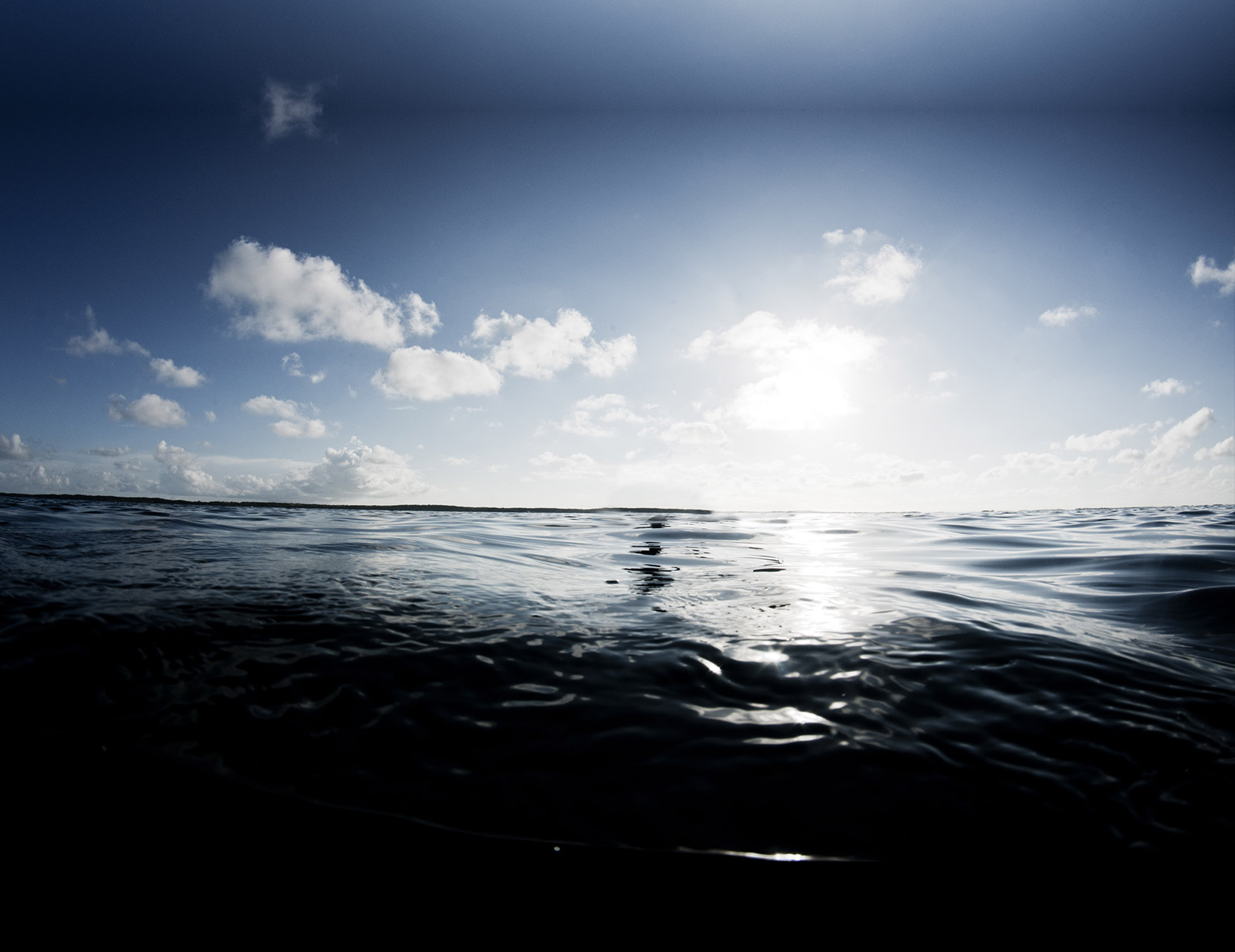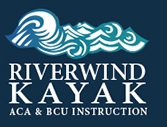ACA Kayaking Level 3
General Requirements for all Instructor Certifications:
Overview: Fundamentally, we expect that participants should have the paddling skills, technical knowledge, rescue ability, teaching ability, group management, and interpersonal skills commensurate with this level of certification prior to presenting themselves for evaluation as Instructor Candidates at an Instructor Certification Exam (ICE).
In order to participate in an Instructor Certification Exam (ICE), an Instructor Candidate must satisfy the following essential eligibility criteria:
- Be 18 years or older
- Be a current ACA member in good standing
- Be able to independently complete all skills, activities and rescues listed in the appropriate ACA Certification Course Outline and Instructor Criteria documents
- Be able to effectively communicate, including effective verbal communication
- Be able to manage all personal care and mobility independently
Course Prerequisites: Completion of the appropriate level skills course, assessment course, or equivalent skills.
Course Duration: Combined IDW & ICE – Minimum 5 days (40 hours)
Course Location / Venue: L3: Coastal Kayaking instructor certification cannot be completed unless during some period two of the conditions necessary for assessment are present during some portion the certification course. The four criteria include:
Assessor: Level 3: Coastal Kayaking Instructor (or higher)
Venue: Sheltered water
Kayak & Equipment
General purpose kayak or sea kayak, equipped with suitable floatation, deck lines & grab loops. PFD, spray skirt with release strap, paddle, food, drink, spare clothing, whistle, Clothing suitable for immersion and appropriate to the conditions, First Aid kit
Strokes & Maneuvers
Launching & Landing: Efficient technique with a variety of put- ins
Efficient Paddling Forward: 500 yards paddle with clear body rotation, directional control, and ability to change pace
Efficient Reverse Paddling: candidate could be asked to perform a figure of 8 course or other task to ensure the skill
Turning on the move: turn with minimum speed loss, initiate with a forward sweep
Low brace turn with onside tilt
High brace turn with onside tilt
Bow rudder with tilt
Rotate 360º on the Spot: Spin kayak using boat tilt and forward and reverse sweeps
Edging- Boat Tilt: Edging to assist in turning in a circle with full sweep strokes and gunwale deep outside edge to assist turn. Forward and Reverse
Ruddering: Trailing stern rudder to keep the boat straight at reasonable speed and able to adjust direction both left and right with paddle on each side
Draw Sideways: move the boat sideways 15 feet using good directional stability with:
Draw to the hip
Sculling draw
Draw on the move- forward and reverse
Sideslip / forward and reverse
Prevent Capsize: Efficient low and high brace recoveries, with the boat moving and off balance to the point of capsize, followed by forward paddling
Sculling for Support: Low and high brace positions with proper blade articulation
Rescue & Recovery:
Wet Exit:Comfortable capsize and wet exit with sprayskirt attached
Self-Rescue: Using a technique such as re-entry and roll, paddle-float reentry, paddle-float reentry and roll, cowboy rescue/ scramble
Deep Water Rescue: Assisted drain and re-enter both as victim and rescuer
Towing & Towline Use: Understand tow systems and their risks, be able to solo tow a victim and demonstrate emergency release of the tow

